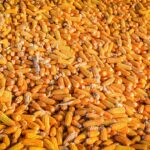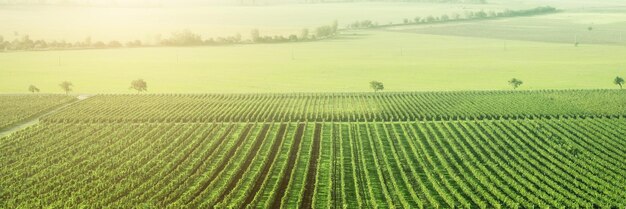Zambia’s diverse climate and topography make it a favorable environment for agriculture, which is a significant contributor to the country’s economy. Understanding the various agricultural zones based on climate can help farmers optimize their production and improve food security. Here are the top five agricultural zones in Zambia:
- The Copperbelt Province Located in the north-central part of Zambia, the Copperbelt Province is characterized by a humid subtropical climate with high rainfall, especially during the wet season from November to April. This region is known for its fertile soil, making it ideal for growing crops such as maize, beans, and vegetables. The Copperbelt is also home to many commercial farms that produce high-value crops, contributing significantly to Zambia’s agricultural output.
- Eastern Province The Eastern Province experiences a warm climate with distinct wet and dry seasons. The region receives significant rainfall, particularly during the rainy season from November to April. The fertile alluvial soils along the Zambezi and Luangwa rivers support the cultivation of crops such as rice, cassava, and groundnuts. Additionally, Eastern Province is known for its traditional farming practices, with many farmers engaging in subsistence agriculture alongside cash crop production.
- Southern Province The Southern Province has a varied climate, ranging from semi-arid in the western parts to humid in the eastern regions. The province experiences a reliable rainfall pattern, which supports the cultivation of a wide range of crops, including maize, sorghum, millet, and cotton. The Southern Province is also known for its livestock farming, particularly cattle ranching, which thrives due to the availability of grazing land and water sources.
- Northern Province The Northern Province has a humid tropical climate, with abundant rainfall and high humidity levels. The province is endowed with rich, fertile soils that support the growth of various crops. Farmers in this region cultivate crops such as maize, cassava, sweet potatoes, and fruits. The abundance of water resources from the lakes and rivers in Northern Province allows for irrigation, enhancing agricultural productivity and food security.
- Central Province Central Province experiences a moderately warm climate with well-distributed rainfall throughout the year. This zone is known for its agricultural potential, particularly for staple crops like maize and beans. The province’s favorable climate also supports the growth of tobacco, sunflowers, and horticultural products. The Central Province is vital for food production, supplying both local and national markets with essential crops.
Zambia’s agricultural zones, influenced by climate and topography, play a crucial role in the country’s food production and economic development. Each zone has unique characteristics that support different agricultural practices, contributing to a diverse agricultural landscape. By understanding these zones, farmers can adopt appropriate farming techniques and crop selections that align with the climatic conditions, ultimately enhancing productivity and sustainability in Zambia’s agricultural sector.






